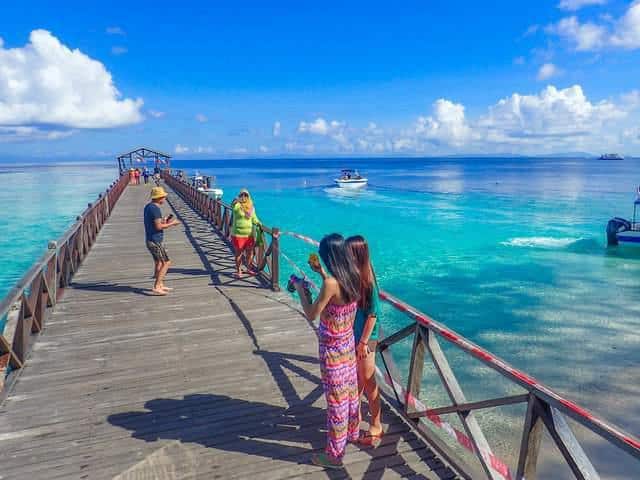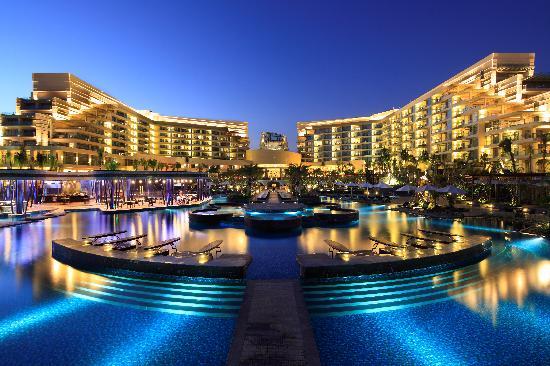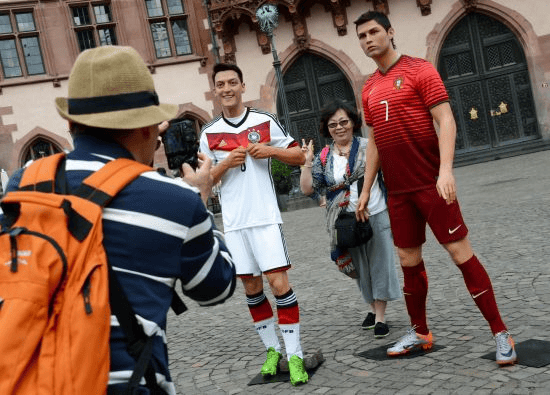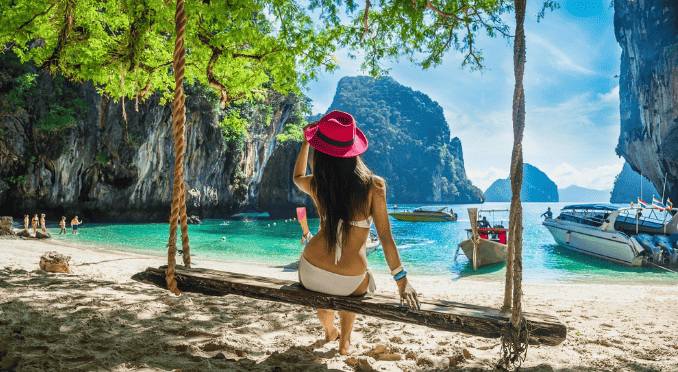Malaysia will welcome Chinese tourists in 2024, here is why
- Visa-Free Policy: Malaysia’s visa-free entry for Chinese tourists for stays up to 30 days, implemented in late 2023, is a significant incentive for increased travel in 2024.
- Post-Pandemic Travel Surge: With the easing of COVID-19 restrictions, there is an expected surge in outbound travel from China, with Malaysia being a favored destination.
- Affordable Destination: Malaysia offers an affordable travel experience, which is attractive to the price-sensitive Chinese tourist market.
- Cultural Compatibility: The large ethnic Chinese population in Malaysia and the widespread use of Mandarin make it a culturally compatible destination for Chinese tourists.
- Direct Flights: Increased direct flight connections between major Chinese cities and Malaysian destinations make travel convenient and time-efficient.
- Diverse Attractions: Malaysia’s rich cultural heritage, stunning natural landscapes, and modern cities appeal to a wide range of Chinese tourists’ preferences.
- Shopping Appeal: Duty-free shopping, particularly in places like Kuala Lumpur and Langkawi, is a strong draw for Chinese visitors.
- Culinary Tourism: Malaysia’s diverse cuisine, influenced by its multicultural society, is a significant attraction for Chinese food enthusiasts.
- Medical Tourism: Malaysia’s growing reputation as a hub for medical tourism, offering high-quality healthcare at competitive prices, attracts health-conscious Chinese travelers.
- Marketing Efforts: Increased marketing and promotional activities by Malaysia in China, including collaborations with Chinese travel agencies and social media campaigns, raise awareness and interest in Malaysia as a travel destination.
Data Points About Malaysia and Chinese Tourists:
- Tourist Arrivals: Prior to the pandemic, Malaysia was one of the top destinations for Chinese tourists in Southeast Asia.
- Economic Contribution: Chinese tourists significantly contribute to Malaysia’s tourism revenue, with high average spending per visitor.
- Preferred Destinations: Popular Malaysian destinations for Chinese tourists include Kuala Lumpur, Penang, and Langkawi.
- Duration of Stay: Chinese tourists typically stay for an average of 5-7 days in Malaysia.
- Purpose of Visit: The majority of Chinese visitors come to Malaysia for leisure, though business and medical tourism are also significant.
- Spending Patterns: Chinese tourists in Malaysia spend predominantly on accommodation, food, shopping, and local transportation.
- Travel Preferences: Group tours were traditionally popular, but there’s a growing trend towards independent travel among younger Chinese tourists.
- Festival Tourism: Chinese New Year and Golden Week holidays see a spike in Chinese tourists visiting Malaysia.
- Digital Influence: Chinese tourists to Malaysia are highly influenced by digital marketing, including social media and online travel platforms.
- Visa Applications: Prior to the visa-free policy, Malaysia processed a high number of visa applications from Chinese nationals, indicating strong travel interest.
The Chinese tourists are the main booster for Malaysia’s tourism-related industry. Without their large numbers returning, such industries will be negatively impacted.
There are fears that Malaysia will see fewer Chinese nationals this year due to the China lockdowns and its “zero Covid” policy.
Negotiating bilateral travel arrangements that are free from quarantine is unlikely to be successful as Chinese tourists will not accept any other agreements. In 2019, 11.9% of international tourists visiting Malaysia were from China.source
“If Chinese tourists aren’t coming back in large numbers, then I think the expected rebound in tourism-related industries may be a little lower than pre-pandemic levels.
During yesterday’s SERC’s virtual quarterly economic tracking briefing, he stated that “this is something we must monitor, any major shock in China would impact the global or regional economies including Malaysia.”
Malaysia Board tourism
Lee stated that supply chain disruptions in the global semiconductor industry, including in Malaysia may take longer than anticipated to resolve.
He said, “By right the supply chain would likely easeoff by the first or the second half of the year, however, with the Russia-Ukraine war, that could further prolong the supply disruption for components in the semiconductor industry.”
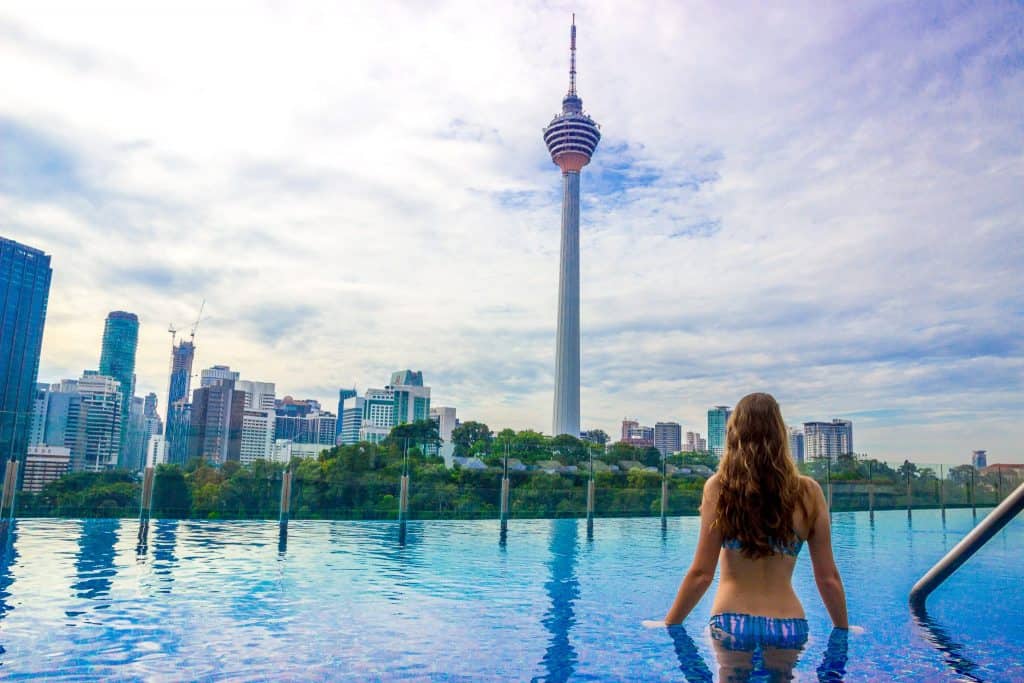
Russia and Ukraine were significant sources of raw material for the semiconductor industry, including rare earth metals, gases, neon, and palladium.
According to Lee, Russia accounts for about 45% of global supplies of palladium (used in memory and sensor chips).
The strategy of Malaysia
These efforts should be complemented with medium- and long-term supply-side strategies.
Lee stated that supply-side policies such as freer market entry or deregulation would increase productivity and make firms more competitive.
“Reduce high import dependence on agricultural commodities with Imports Dependency Ratio exceeding 50 percent, such as cuttlefish (52.2%) and fresh milk (53.5%). Chilli (72.4%), beef (81.2%), ginger (81.5%), mango (86.2%), and mutton (90.4 Lee stated, adding that domestic production should increase.
According to a new international travel index, Australia, Singapore, and Malaysia have the best conditions for tourism recovery in the region.
Through its Asia Travel-Ready Index (EIU), the Economist Intelligence Unit ranked Malaysia favorably in terms both of ease of travel and local vaccination coverage.
Tourists should be aware of the importance of compliance requirements, such as testing and quarantine requirements, which can affect their decision to travel. Complicated requirements can lead to high travel costs and discourage tourists from choosing ‘freer destinations’. Liuqing Yu, EIU country analyst (Asia), said that these compliance requirements increase the cost of travelling.
Malaysians and visitors who have been fully vaccinated are no longer required to be quarantined upon their arrival in the country. They must be vaccinated at least 2 days prior to departure, and a professional rapid test (RTK–Antigen) upon arrival.
According to the index travellers are more concerned about restrictions and a quarantine-free travel initiative, such as the one in Malaysia, is highly welcomed.
Due to their local vaccination coverage and policies regarding returning citizens, countries such as Vietnam, Indonesia, and the Philippines have received lower scores.
The index’s bottom spot has been taken by countries from north-east Asia, such as Japan, China, Hong Kong and Taiwan. They have taken longer to reopen, and are subject to restrictions under China’s Zero-Covid-19 policy.
Tourism Malaysia Strategic & Marketing Plan 2022 2026
Tourism Malaysia has recently released its Strategic & Marketing Plan (2022-2026), in an effort to increase local tourism.

The new strategy will be focused on domestic tourism promotion as well as international recovery. It will also place greater emphasis on digital adoption and innovation.
At the launch in Kuala Lumpur, Tourism, Arts and Culture Minister Datuk Seri Nancy Shukri stated that “It is vital for the tourism industry be prepared for post-pandemic demand and expectations as well as to stay focused in order support its sustainable recovery and rebuild it in the future.”
Read more
